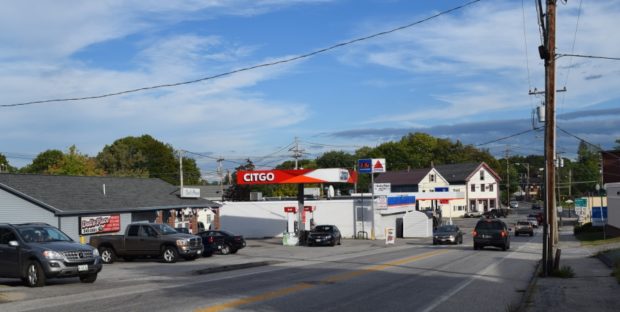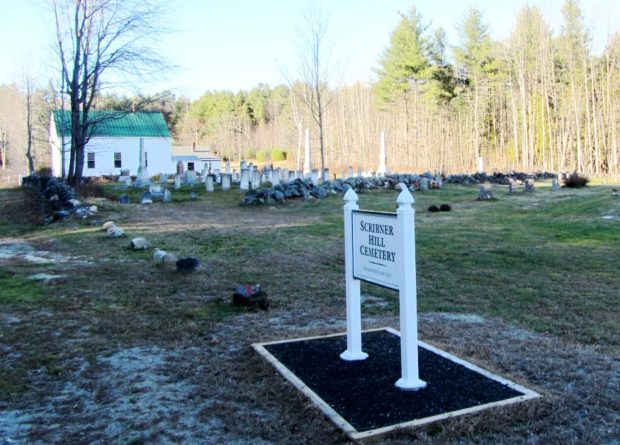Merrill

The town is served by Maine Route 212 just west of Smyrna. The village of Smyrna Mills straddles the adjoining boundaries of the two towns. See photos. The Merrill Millstream Park was created from land, acquired in 1997, between the East Branch of the Mattawamkeag River and Route 212.







![Upper Gordon Falls on the Mattawamkeag River (2016) [See video]](https://maineanencyclopedia.com/wp-content/uploads/160425-RW014-Copy.jpg)












